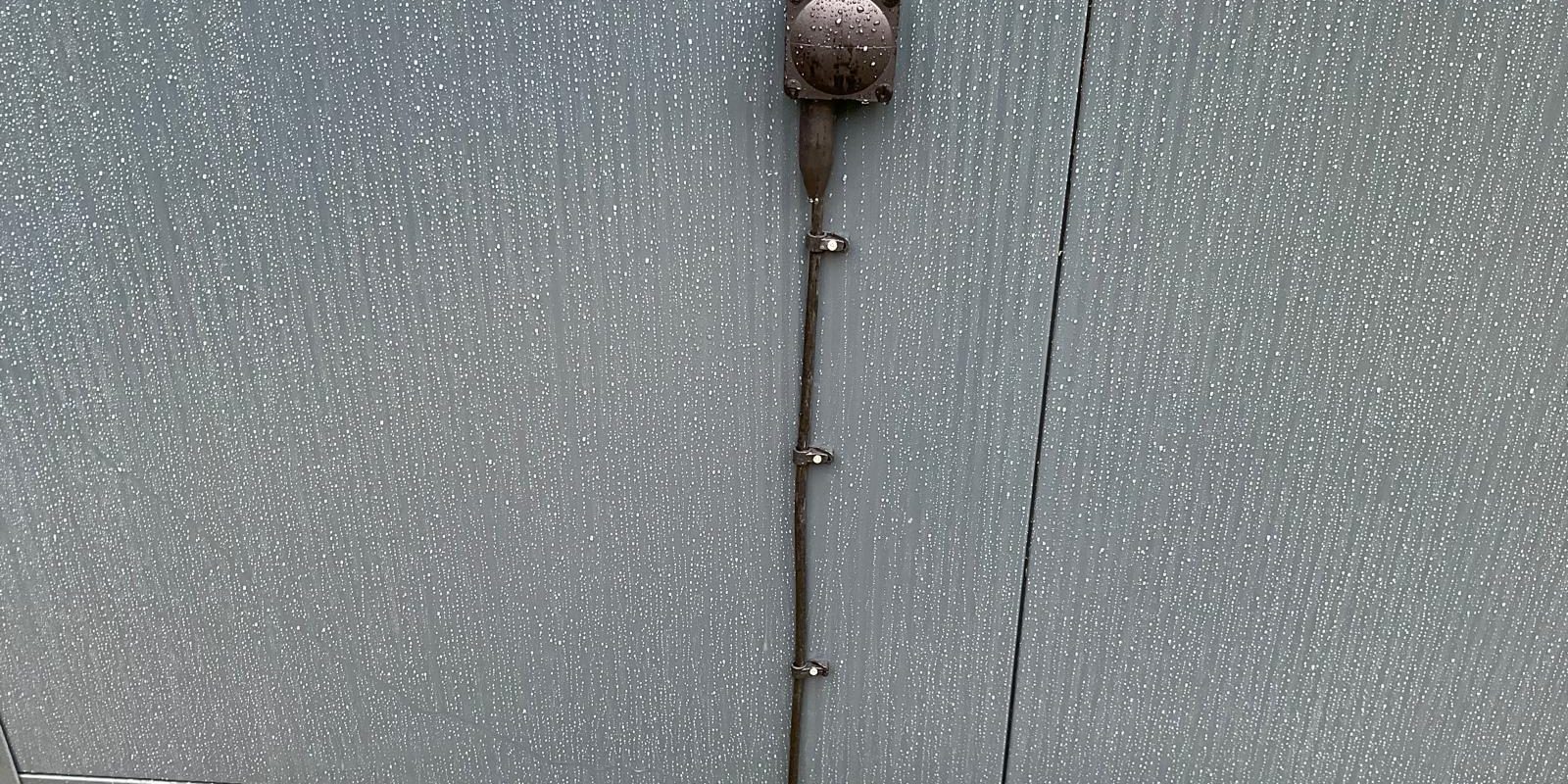Choosing the right size of armoured cable for a garden room is essential for safety and performance. For most standard installations, a 6mm or 10mm armoured cable is usually sufficient, especially if the garden room will support basic electrical needs like lighting, sockets, and small appliances. This ensures that the electrical system can handle the load without risking overheating.
DIY enthusiasts should be aware that factors such as distance from the fuse box and the types of equipment used will affect the cable size needed. A longer run may require thicker cable to reduce voltage drop. Understanding these aspects can help anyone planning an electrical installation avoid common pitfalls.
Whether a person is building a new garden room or upgrading an existing one, selecting the correct armoured cable is vital. Not only does it provide durability against the elements, but it also ensures that electrical installations are safe and reliable for everyday use.
Determining Cable Size for Your Garden Room

Choosing the right armoured cable size for a garden room requires careful consideration of specifications and requirements. Key factors include understanding cable specifications, calculating power needs, and assessing the length of the cable run.
Understanding Cable Specifications
Armoured cables, particularly Steel Wire Armoured (SWA) cables, are designed to withstand various environmental conditions. Familiarity with specific measurements is vital. Common sizes include 6mm², 10mm²,16mm², and larger options.
Important specifications include:
- Voltage Rating: Most garden rooms operate on a standard voltage of 230V.
- Current Rating: The current rating varies based on load requirements.
- Allowable Voltage Drop: BS7671 suggests that the voltage drop should not exceed 5%.
Understanding these factors will help users select a suitable cable that meets safety standards.
Calculating Power and Voltage Requirements
To determine the correct cable size, users should calculate total power requirements. They can do this using the formula:
[ \text{Power (W)} = \text{Voltage (V)} × \text{Current (A)} ]
For example, if they plan to use several devices, such as lights and radiators, they should sum the wattage of all appliances.
An example breakdown might include:
- LED Downlights: 60W each × 6 = 360W
- Double Sockets: Assuming 1500W max
- TV: 200W
- Electric Radiator: 1500W
After calculating total wattage, users can find the necessary cable size to handle the anticipated load without excessive voltage drop.
Assessing Length and Load of the Cable Run
The length of the cable run significantly affects the cable size choice. A longer run may cause a greater voltage drop, reducing efficiency.
Users should consider:
- Distance: Measure the distance from the consumer unit to the garden room.
- Load Calculation: Higher loads require thicker cables to manage power without risk.
For instance, a 25m run supplying 3kW (3000W) may be suitable with 6mm² cable, while longer runs or more significant loads may necessitate 16mm². Consulting the voltage drop tables in BS7671 can guide users in making informed decisions.
Installation and Safety Guidelines
Proper installation and adherence to safety guidelines are crucial when working with armoured cables for a garden room. Key considerations include digging safe trenches, using the right protective devices, complying with building regulations, and potentially hiring a qualified electrician to ensure safety and effectiveness.
Digging a Safe Trench
When installing armoured cables, choosing the right trench depth is essential. The general guideline is to dig trenches at least 600 mm deep for armoured cables. This depth helps protect the cables from accidental damage.
The trench should be straight and level to avoid friction against the cable. Use a spade or trenching tool to make the job easier. Avoid rocks or sharp objects in the trench that might damage the cable.
Mark the trench location clearly to prevent anyone from inadvertently digging in that area later. Always check for existing utilities before starting to avoid accidents. Following these practices will ensure a safer installation process.
Choosing Protective Devices
Selecting the right protective devices is vital for electrical safety. An RCD (Residual Current Device) is crucial as it protects against electric shock. An RCD will cut off the electricity supply if it detects an earth fault, thus preventing serious injury.
In addition to RCDs, using fuse boxes or circuit breakers is also recommended. These devices provide additional layers of protection by interrupting the current flow in case of faults. Ensure these devices are compatible with the consumer unit.
Regular testing of protective devices is necessary. An electrical safety certificate like the BS7671 electrical safety certificate confirms compliance with safety standards. Having these devices in place ensures peace of mind and safety for anyone using the garden room.
Complying with Building Regulations
Compliance with building regulations is mandatory when installing electrical systems. The local building control authority may require that all installations adhere to the Building Regulations.
It’s essential to make sure the installation meets the requirements laid down in the regulations, particularly in regard to safety and performance. Key standards include proper cable insulation and protection against faults.
Documentation is also key. A qualified electrician should provide the necessary certificates, including the BS7671 electrical safety certificate. This connection to compliance helps ensure that the entire installation is safe and up to code.
Hiring a Qualified Electrician
While DIY projects can be appealing, hiring a qualified electrician is often advisable for installing armoured cables. A local electrician ensures that the work complies with safety standards and building regulations.
Qualified electricians have the expertise to handle complex tasks. They are familiar with the latest regulations and can provide necessary documentation. An electrician can ensure the correct installation and setup of protective devices and the consumer unit.
Additionally, they can perform tests to confirm everything is functioning as it should. This not only enhances safety but reduces the risk of future problems or repairs. Investing in a qualified professional can save money and hassle in the long run.


